More often than not, when you are already have started thinking about a mobile implementation project, you might also get overwhelmed by its capabilities. However, we advise you to manage your expectations, especially when it comes to replicating a badly functioning workflow. So make sure you start with analyzing your processes and eventually fix them before you start going mobile.

When a Bad Workflow Becomes the Worst
Without proper analysis, any problem with a workflow can remain undiscovered and reallocated to the mobile solution you are implementing. If you give no thought to whether your employees are doing everything in a proper way, without major disruptions, expect to get some headaches instead when trying to calm the fights over mobilization.
Sales processes, for example, can be sensitive, because each flaw in the workflow management directly impacts the company’s bottom line. A process failing to focus on the consumer journey and submerging in the details is a typical mistake that will appear in the mobile solution magnified. You can be sure that’s the case when you see too many bells and whistles in the app and your staff desperately navigating the unnecessary functions.
Unfortunately, their hate will not direct towards the process but the mobilization. Without a fix, people will consider it an unusable solution that takes more time from them than it saves. Now you will have to win two fights: one for getting the workflow right and one to earn back the trust in mobility.
When a Good Workflow Becomes the Best
The first step is the analysis: what steps are taken in a work progress, who works on what tasks and how much time do they need? You will also have to analyze the communication methods throughout the process, to make sure they are efficient and transparent. Are there any ready-made solutions if a problem is emerging? What do people like about this process and what do they hate? Are there any ways to do it better? How?
If the analysis finds that everything is good as it is, you have a solid base for your mobile development efforts. The workers can be assured that the new application will follow the well-established steps of the roadmap while improving productivity by removing stationary restrictions.
Sticking to our sales example, your agents can go through the same assignments from a cold call to a personal visit. But having a mobile app at hand enables them to adjust their offer according to information from real-time business intelligence and have a compelling presentation ready at just the right step of the sales cycle. This results in more deals closed sooner.
If the analysis finds that the workflow is broken, then efforts can be made to fix it. The new workflow (and why it was necessary) should be widely communicated throughout the company so that everyone understands how it contributes to their works. If the employees are involved already in this phase of the planning process, it is more likely they will embrace the final app as well – perfected to their liking. After all, they will be the ones to use it.




